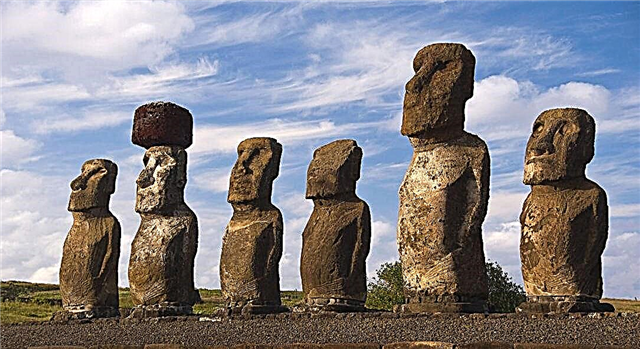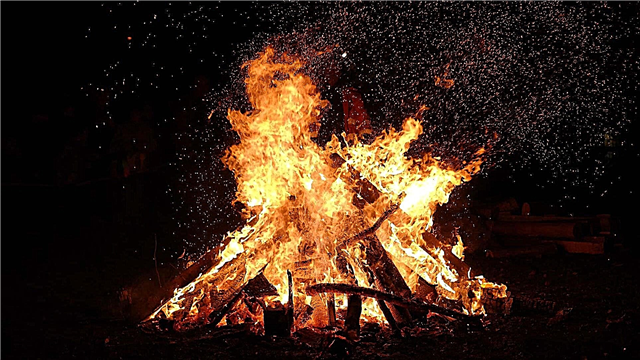
Observation of the constellations helped the ancient sailors to navigate in the sea spaces, and observing the Sun helped to navigate in time. Ancient people built observatories designed to determine the moments of the summer and winter solstices that preceded the change of seasons.
One of the most impressive structures of this kind is Stonehenge, located in Southern England.
This observatory is more than 4000 years old. Thirty huge blocks of sandstone, crowned with huge slabs and set in a circle with a diameter of about 30 meters.

The road comes out of the circle. On this road, at the exit of the circle, there is a stone about five meters high. It has the shape of a pointed needle pointing up.
On June 21, every year, on the summer solstice, the sun rises exactly opposite this stone and rises to the top as if on a stone, as if it were a pedestal for the rising summer sun.
The first days of winter, spring and autumn are marked with special stones. Marked by stone blocks and the path of the moon through the sky.
Interesting video about Stonehenge
Similar structures are found everywhere in the world. In the Chaco Canyon in New Mexico, there is an ancient structure - a high wall with a niche. The niche is covered by a wall, a window is made in the wall. On the summer solstice at dawn, the sun shines directly through the window and gradually fills the niche with light.
In the southwestern United States, stone columns are often found with a spiral carved on them. December 21, the day of the winter solstice, the rays of sunlight illuminate the whole spiral.












